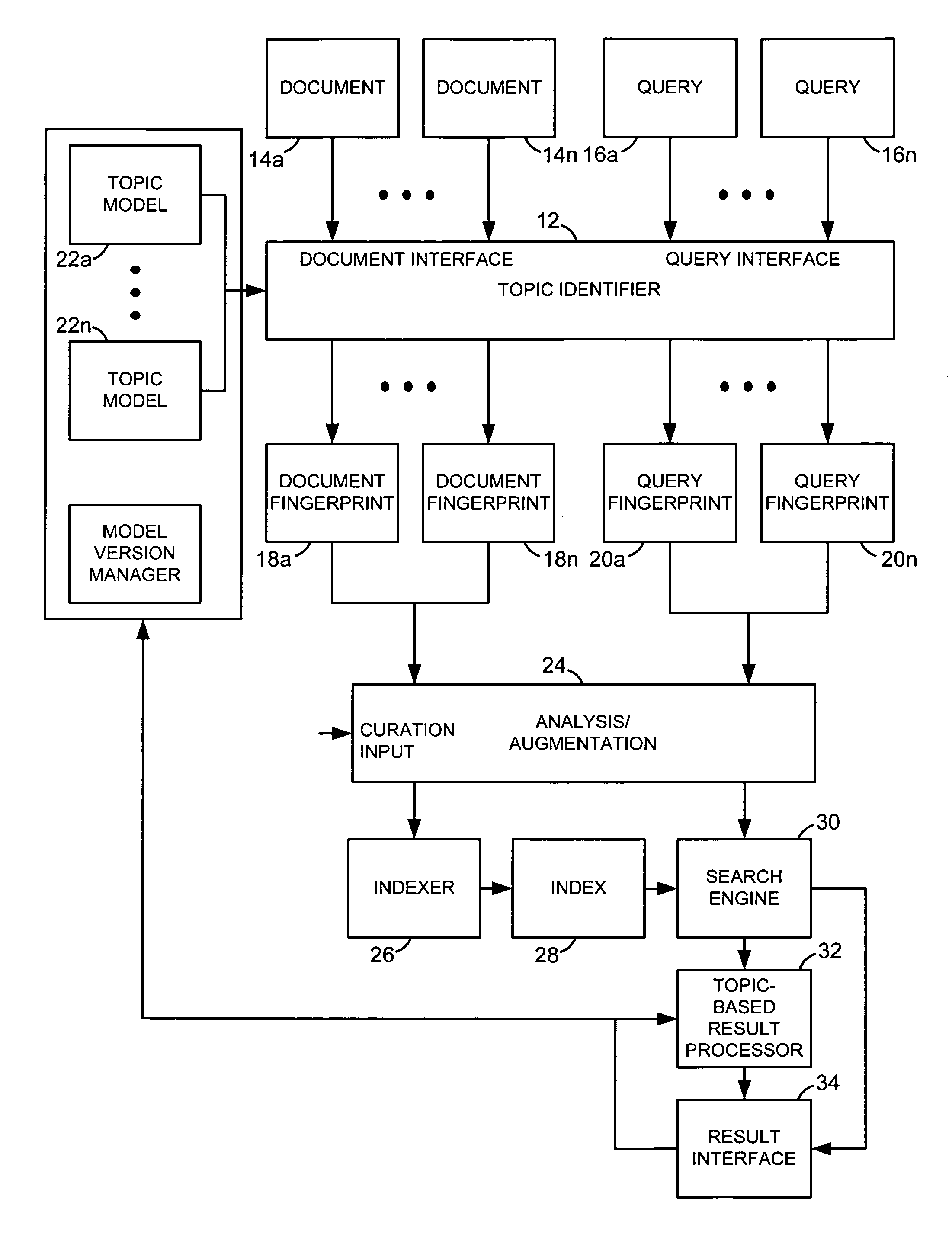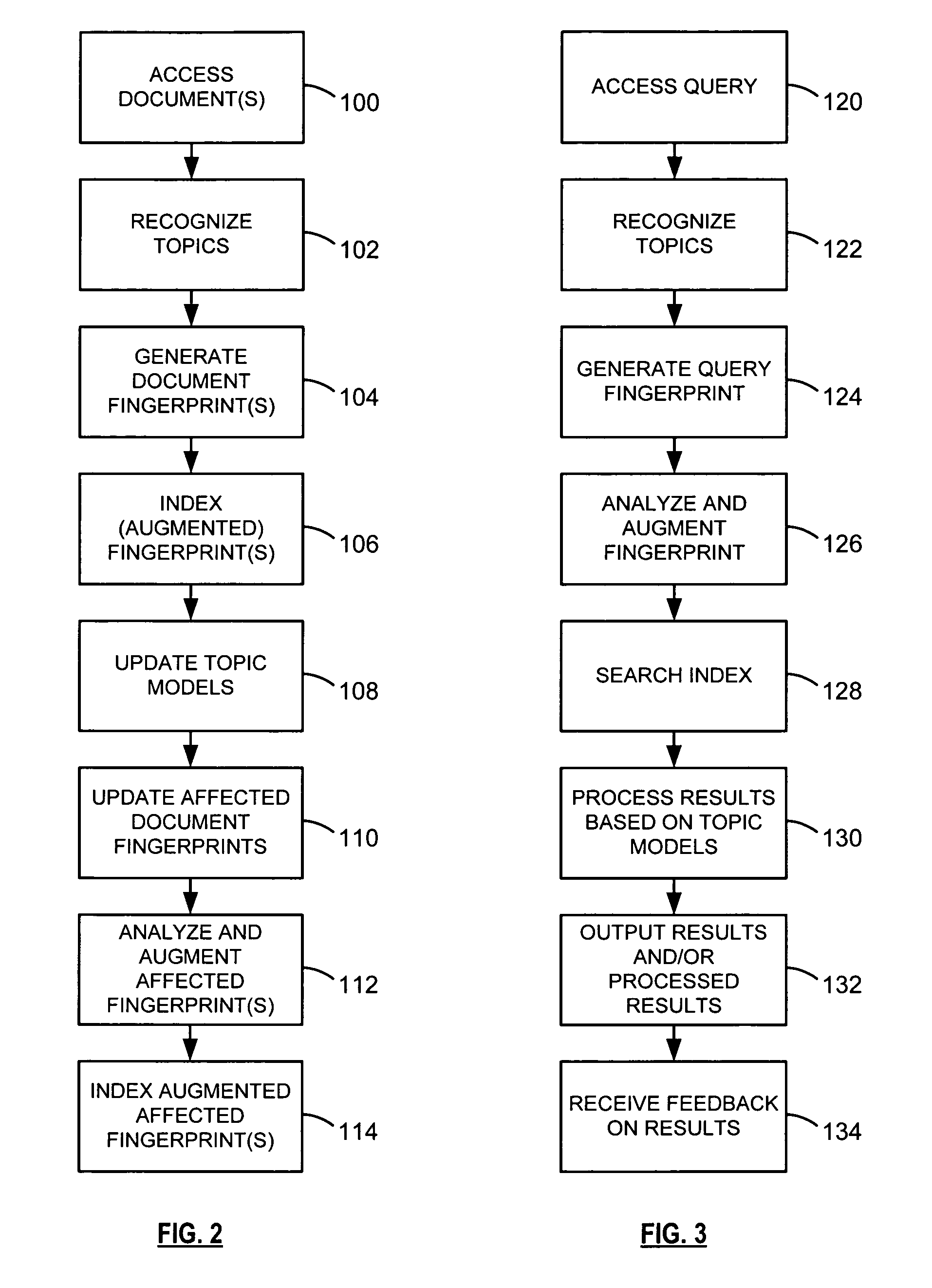Document processing
a document processing and document technology, applied in the field of document processing, can solve the problems of difficult for boolean-based document search technologies to do a good job of prioritizing, difficult for many users to understand boolean search clauses, and long hit lists
- Summary
- Abstract
- Description
- Claims
- Application Information
AI Technical Summary
Benefits of technology
Problems solved by technology
Method used
Image
Examples
example 1
[0233]An example of recognition of terms within a Microsoft Word document is shown in FIG. 25. The document contains complex data; formatted text, pictures (ActiveX and static JPEG) and a table with hyperlinked data within the cells. Parsing of the document into “terms” that can be processed (recognition of the terms, tokenizing and lookup) provides rich functionality. In this example only the words “Protein-tyrosine kinases (PTKs)” are processed. Once terms have been processed and their “position” in a hierarchical concept tree or ontology recognized, relationships to all other concepts within the ontology is determined. These relationships provide the ability to capture related-ness and similarity, and provide access to various actions.
[0234]Referring to FIG. 26, possible actions for the concepts “ZAP-70”, “SYK” and “IRK” are shown in square boxes. The concepts are shown as spherical nodes. The concept “Protein-tyrosine kinases” is a child of “Kinases” (as is “Ser-Thr Kinases”, no...
example 2
[0235]Referring to FIG. 20, the search system can use a browser-based user interface that provides the user with separate result areas that are processed differently to provide a highly interactive and information-rich response to a query. This interface can present a page 200 that includes an overview area 202, a disease area 204 with its own background area 206, a clinical trials area 208, a web results area 210, and a research area 210 in addition to a query entry area 212. The research area is divided into sub-areas that list diseases, drugs by function, and genes relevant to the query. As discussed above, the content presented in these different areas can be derived with information from the topic models.
PUM
 Login to View More
Login to View More Abstract
Description
Claims
Application Information
 Login to View More
Login to View More - R&D
- Intellectual Property
- Life Sciences
- Materials
- Tech Scout
- Unparalleled Data Quality
- Higher Quality Content
- 60% Fewer Hallucinations
Browse by: Latest US Patents, China's latest patents, Technical Efficacy Thesaurus, Application Domain, Technology Topic, Popular Technical Reports.
© 2025 PatSnap. All rights reserved.Legal|Privacy policy|Modern Slavery Act Transparency Statement|Sitemap|About US| Contact US: help@patsnap.com



